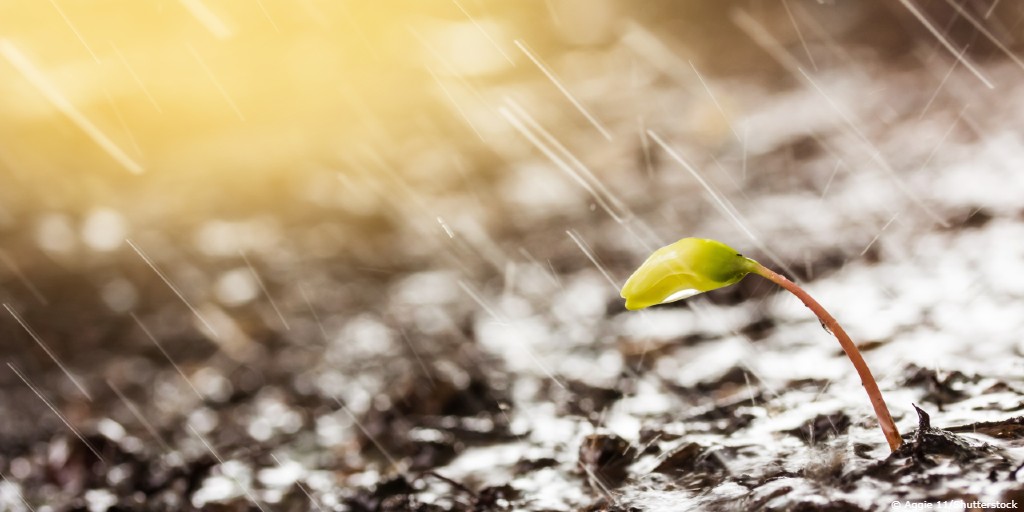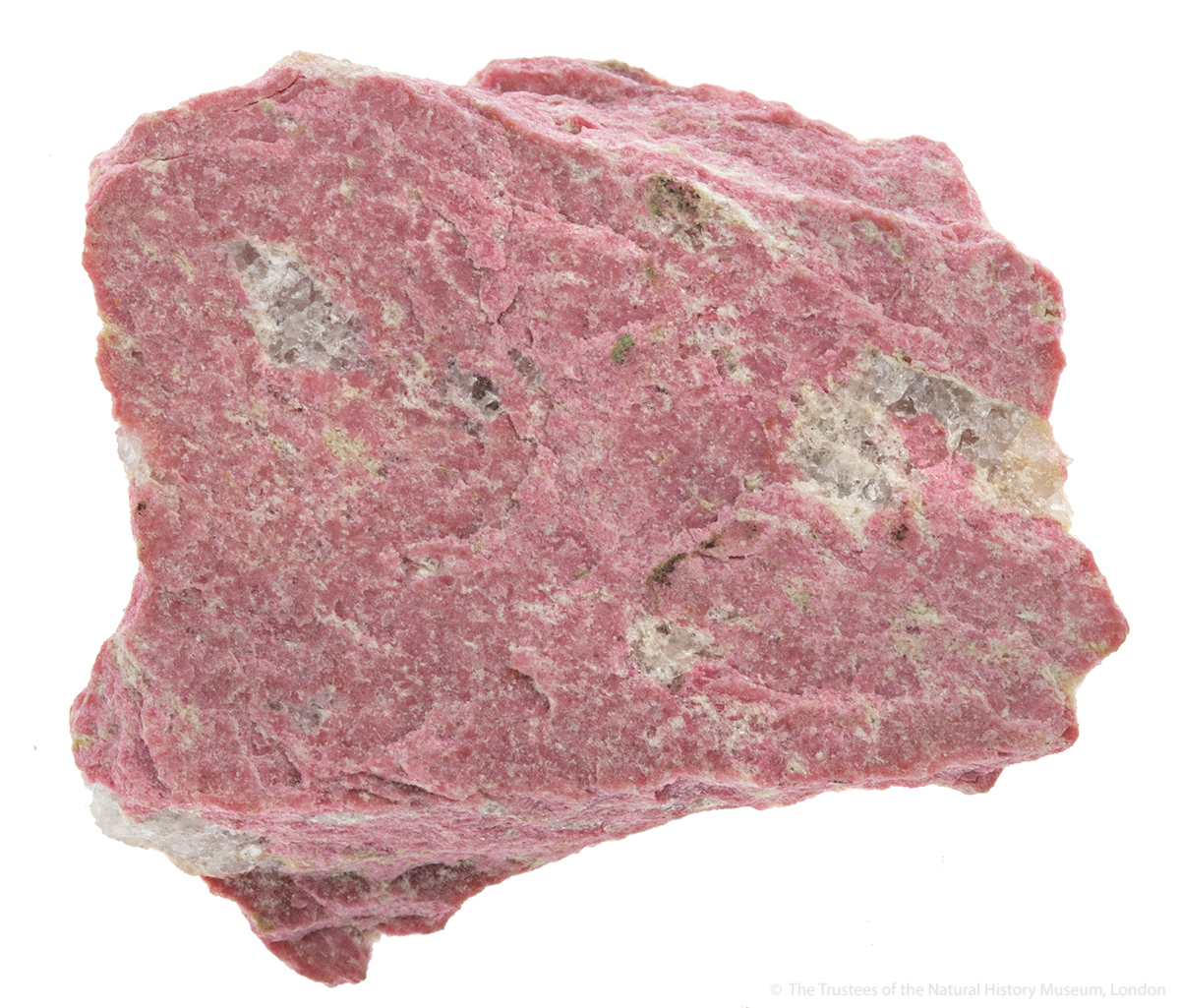
It's time for #COP15, where world nations are meeting to agree targets to protect and restore Earth's biodiversity - the incredible variety of life we share the planet with.
Follow our thread for six examples of why biodiversity is so important.
Follow our thread for six examples of why biodiversity is so important.

#1. We rely on biodiversity for much of our food production, including the pollination of crops.
#DidYouKnow that 35% of global food production is in some way dependent on animal pollination?
nhm.ac.uk/discover/insec…
#DidYouKnow that 35% of global food production is in some way dependent on animal pollination?
nhm.ac.uk/discover/insec…
#2. Thanks to plant and soil biodiversity, we have been able to develop a wealth of medicines, from painkillers to cancer-fighting drugs. Biodiversity saves lives.
nhm.ac.uk/discover/natur…
nhm.ac.uk/discover/natur…
#3. Shallow water ecosystems such as kelp forests protect our coastlines from erosion.
These large seaweeds also provide habitats for lots of marine organisms and are hugely valuable to fisheries.
nhm.ac.uk/discover/seawe…
These large seaweeds also provide habitats for lots of marine organisms and are hugely valuable to fisheries.
nhm.ac.uk/discover/seawe…
#4. Many people depend on diverse ecosystems for their income. For example, it's estimated that around six million people rely on fishing coral reefs to make a living.
Diets and livelihoods are being negatively affected by a dramatic decline in reef cover.
nhm.ac.uk/discover/news/…
Diets and livelihoods are being negatively affected by a dramatic decline in reef cover.
nhm.ac.uk/discover/news/…
#5. Biodiversity also provides pest control, as species that are part of established ecosystems keep each other's numbers in balance.
We've even turned to parasites for help - those that kill specific pest hosts make good alternatives to pesticides.
nhm.ac.uk/discover/posit…
We've even turned to parasites for help - those that kill specific pest hosts make good alternatives to pesticides.
nhm.ac.uk/discover/posit…
#6. Making space for nature in towns and cities makes them healthier, more pleasant places to live.
Trees and other plants reduce the impact of pollution and provide a cooling effect of about 3-4°C compared to built-up areas.
nhm.ac.uk/discover/why-w…
Trees and other plants reduce the impact of pollution and provide a cooling effect of about 3-4°C compared to built-up areas.
nhm.ac.uk/discover/why-w…
• • •
Missing some Tweet in this thread? You can try to
force a refresh














